
istartin pointi
Faça no caderno as questões de resposta escrita.
PRIMEIRA PARTE
O 9º ano está começando! Você já consegue compreender e produzir muitos textos em Língua Inglesa! Para avançar ainda mais no conhecimento, você vai refletir sobre aspectos que ajudam na leitura de imagens e na produção escrita. Além disso, vai ter a oportunidade de revisar alguns assuntos que estudou no 8º ano.

1.
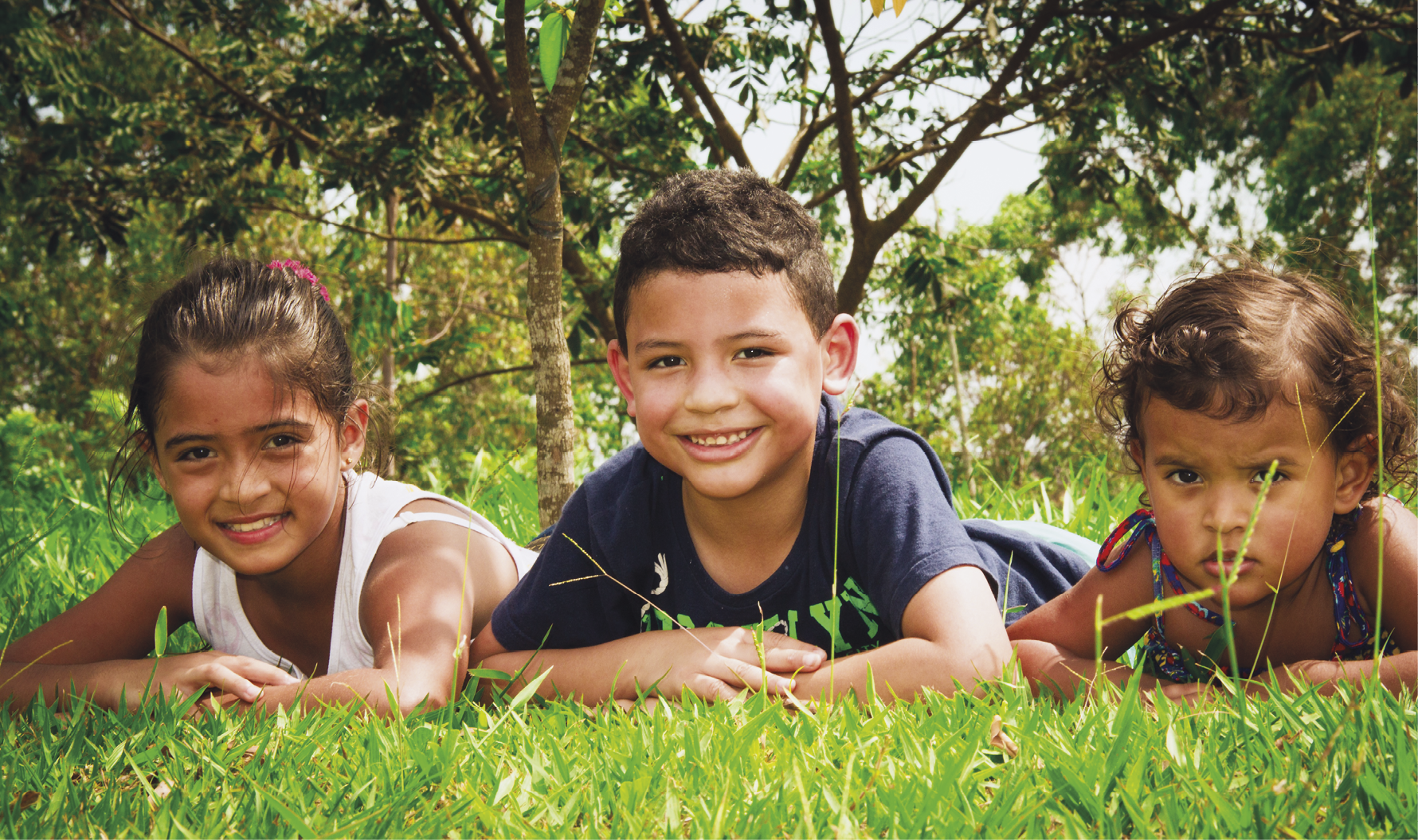


3.
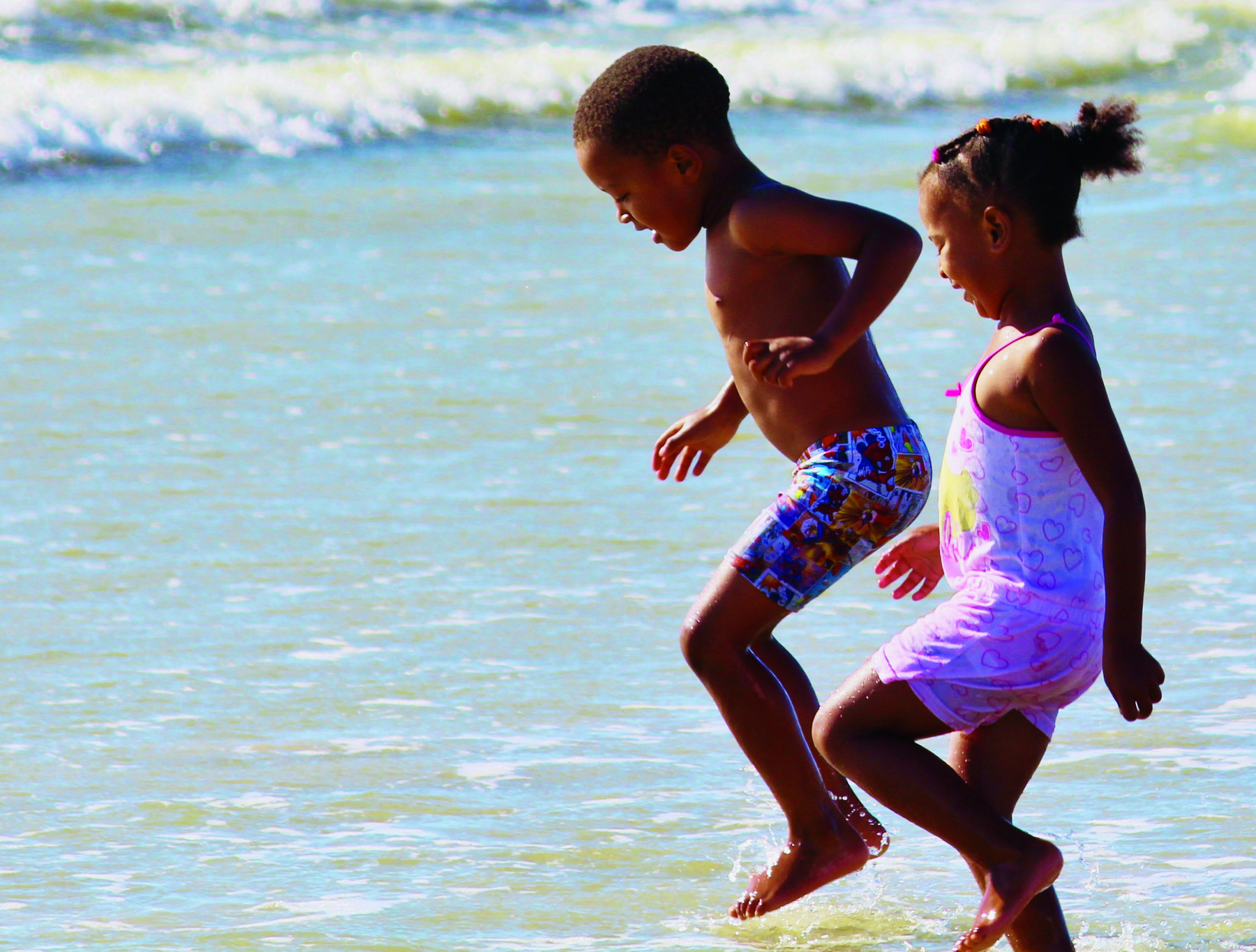


5.
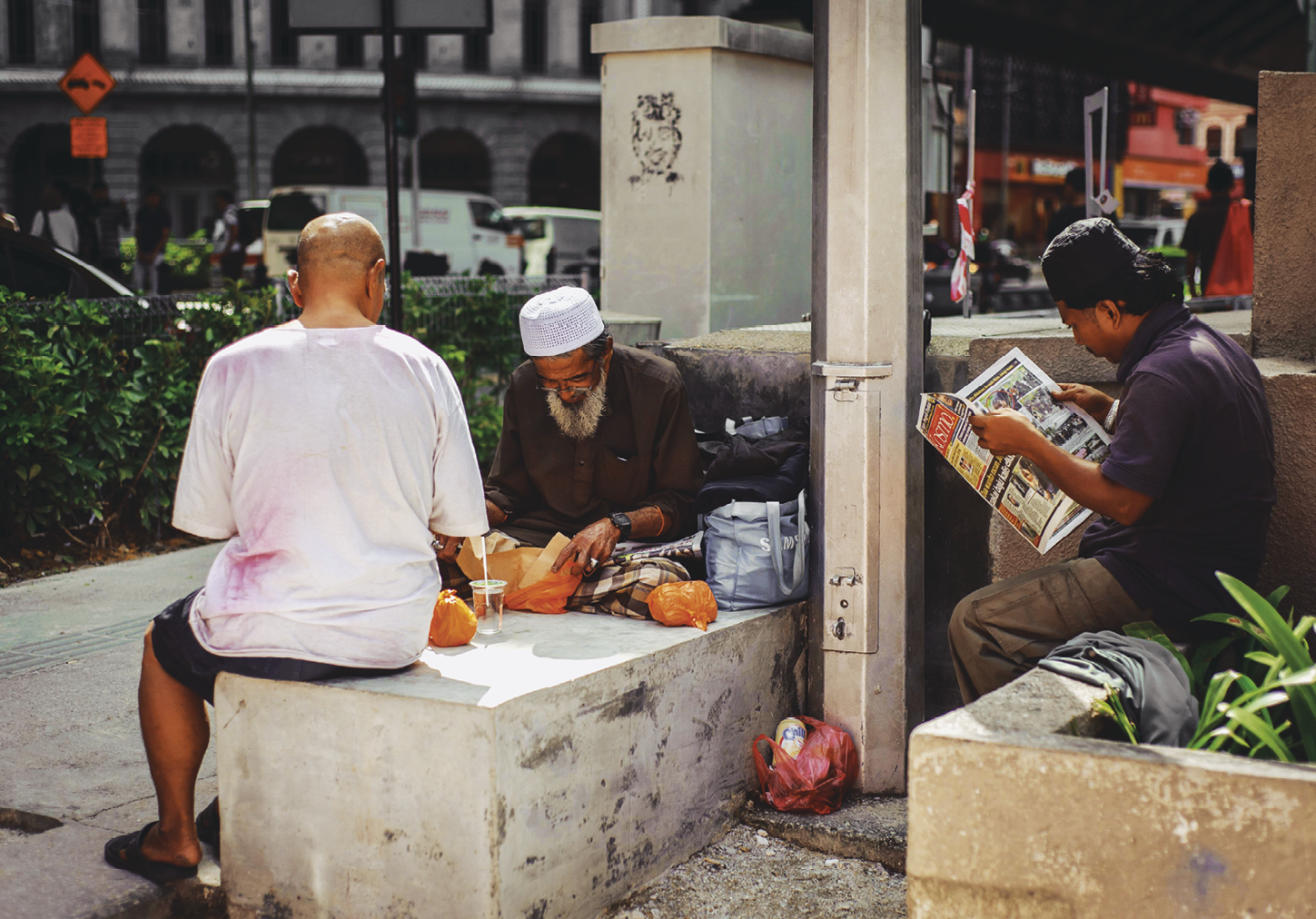

-
-
- :
- :

7.
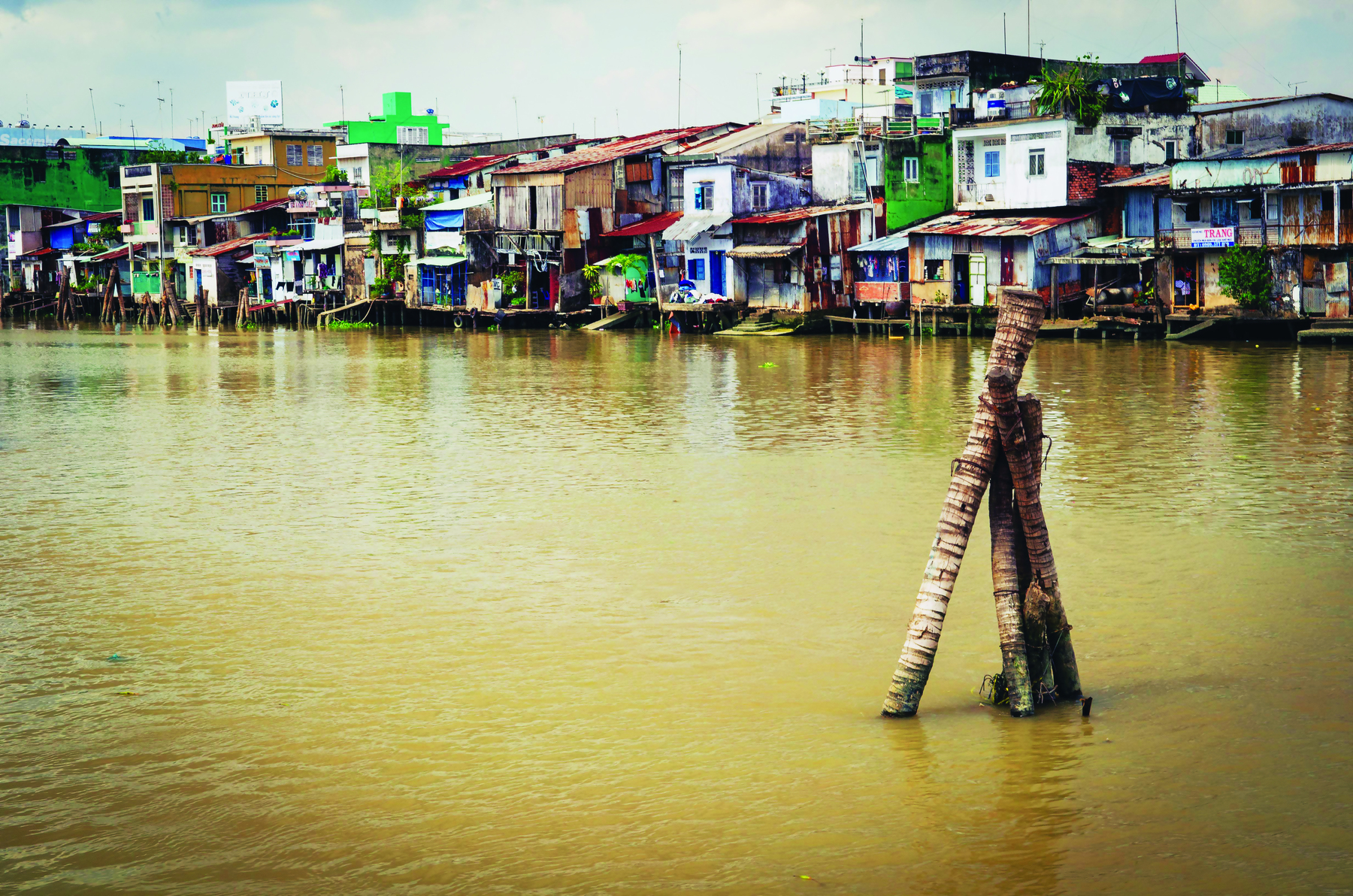
- .
-
- .
- .
- .
- .
SEGUNDA PARTE
Que tal revisar alguns assuntos estudados no 8º ano? Vamos lá!

1.
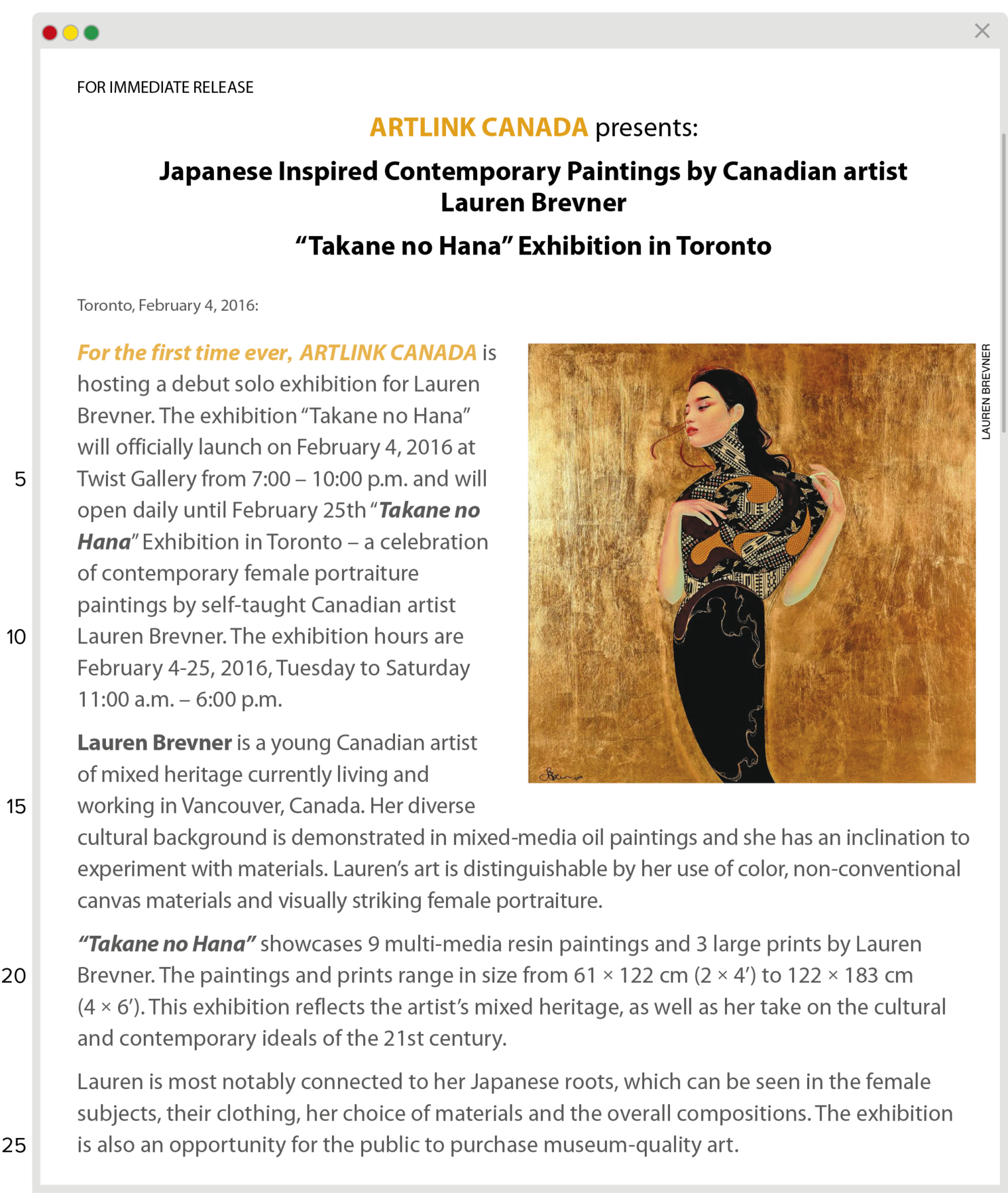
JAPANESE Inspired Contemporary Paintings by Canadian artist Lauren Brevner “Takane no Hana” Exhibition in Toronto. Artlink Canada, Toronto, 4 fevereiro 2016.
-
- “
- “
- “
- “
Versão adaptada acessível
Atividade 1, item d.
What words do the following pronouns refer to?
- “Her” (in "Her diverse cultural background")
- “their” (in "their clothing")
- “female subjects”
- “Lauren Brevner”
e. rúór rúse
Lauren Brevner is a young Canadian artist of mixed heritage espaço para resposta.
- ()
- ()
- (rú/rúse)
- (rú/rúse)

2. .
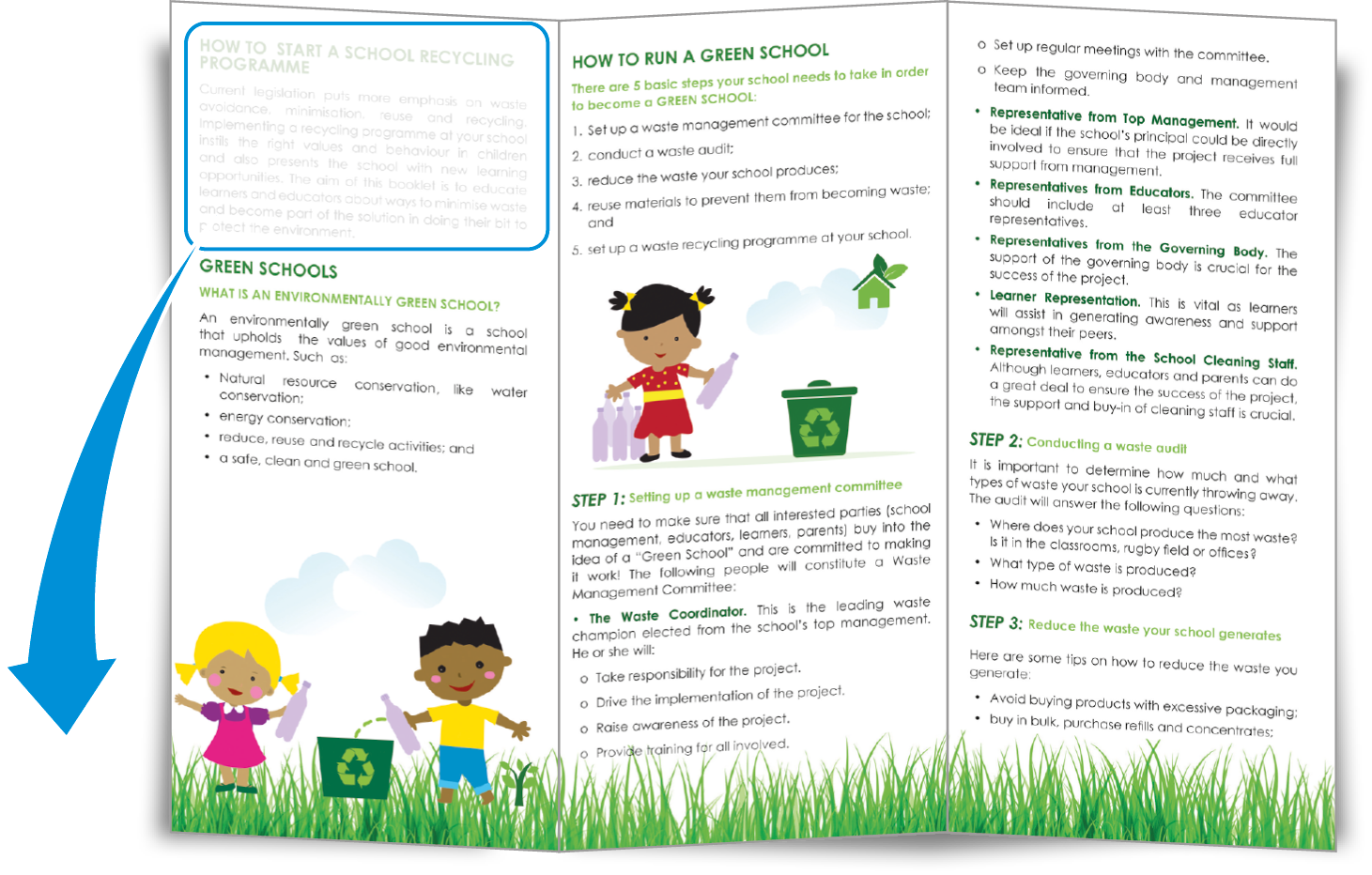
HOW TO START A SCHOOL RECYCLING PROGRAMME
Current legislation puts more emphasis on waste avoidance, minimisation, reuse and recycling. Implementing a recycling programme at your school instils the right values and behaviour in children and also presents the school with new learning opportunities. The aim of this booklet is to educate learners and educators about ways to minimise waste and become part of the solution in doing their bit to protect the environment.
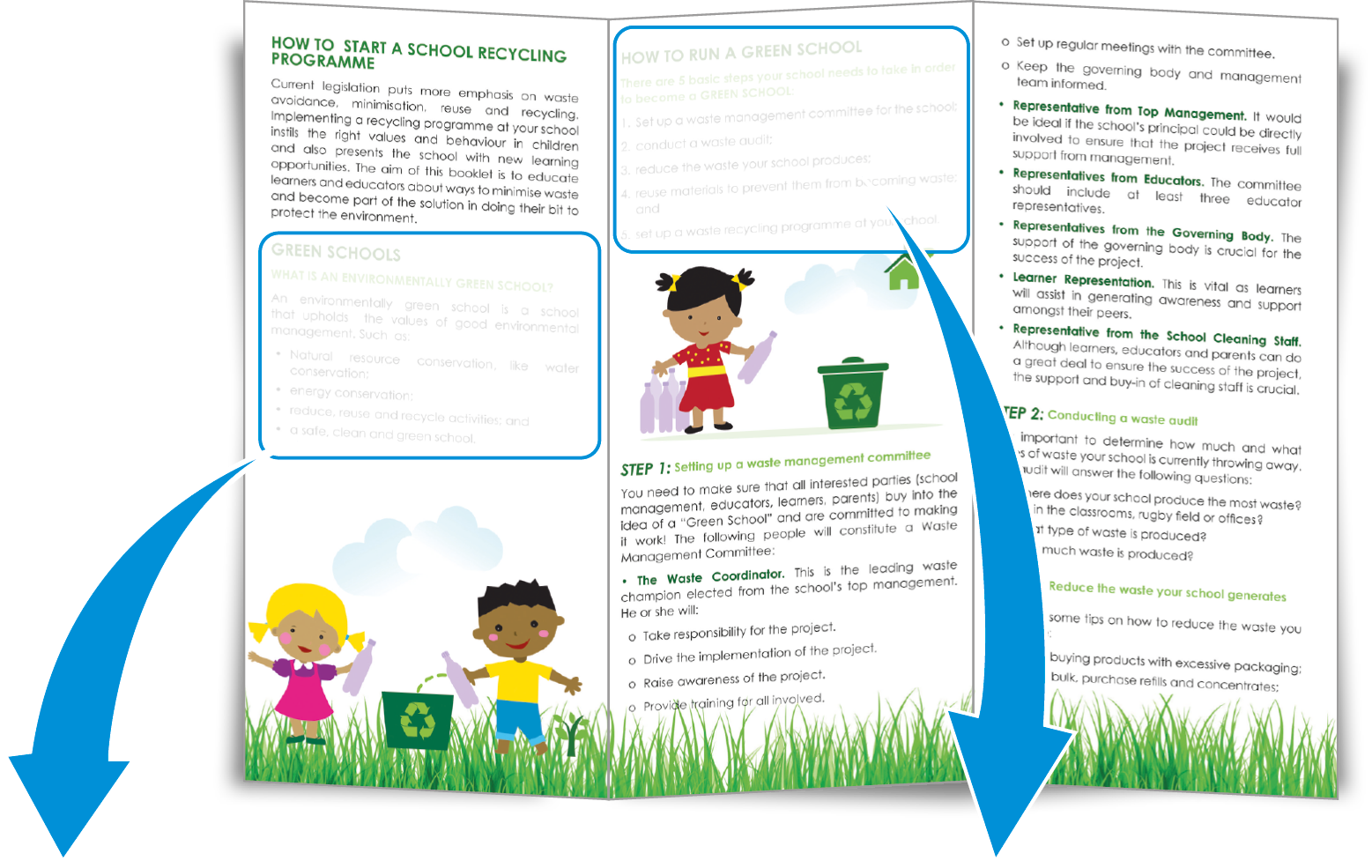
GREEN SCHOOLS WHAT IS AN ENVIRONMENTALLY GREEN SCHOOL?
An environmentally green school is a school that upholds the values of good environmental management.
Such as:
HOW TO RUN A GREEN SCHOOL
There are 5 basic steps your school needs to take in order to become a GREEN SCHOOL:
1. set up a waste management committee for the school;
2. conduct a waste audit;
3. reduce the waste your school produces;
4. reuse materials to prevent them from becoming waste; and
5. set up a waste recycling programme at your school.
- ?
f.
1. set up a waste management committee for the school;
2. conduct a waste audit;
3. reduce the waste your school produces.

- .
U.N.’s poverty and human rights special rapporteur finds U.S. policies reward wealthy, punish poor
BY JENNY JARVIE JUN 02, 2018 | 2:30 PM | ATLANTA

Philip Alston, the United Nations’ special rapporteur on extreme poverty and human rights, published a damning report this week on poverty in the United States
Alston (um) espaço para resposta (is going to speak/spoke) with The Times this week about his report
Very few government services are provided for people generally – not just health, but access to the internet and so on. As was explained to me by government officials, if we propose any additional spending in the budget, it’s completely out of the question.
(dois) espaço para resposta (It was not accepted/It’s not going to be accepted) by the Legislature.
Already, a large number of people are working, but in fact that doesn’t bring them enough income to survive, and so they still (três) espaço para resposta (needed/need) additional food stamps Simply telling them they have to work or volunteer for up to 30 hours a week (quatro) espaço para resposta (did not change/is not going to change) any of that.
The administration is now pushing ahead to reduce benefits, assuming that this (cinco) espaço para resposta (is going to save/saving) a lot of money, which in turn will fund the tax cuts. It (seis) espaço para resposta (was/is going to) greatly exacerbate extreme poverty rates.
Basically, you (sete) (are going to see/saw) great rejoicing on the part of the wealthy – And we’re not just talking about the 1%, we’re talking about the 20% – who (oito) espaço para resposta (are going to do/did) increasingly well and gain increasingly more of the wealth of society.”
JARVIE, J. U.N.’s poverty and human rights special rapporteur finds U.S. policies reward wealthy, punish poor. Los Angeles Times, Los Angeles, 2 junho 2018.
-
- .

4. .
GREECE: RHODES
Day 1
I’m talking about my last trip to Rhodes, in Greece. A low-cost direct flight from Rome had been recently established and I did not miss the opportunity. This time my travel companion was my father.
I had booked a residence with a very aggressive promotion – for a WEEK, it cost 63 euros per person! And, despite the price, I have to say that it was also quite elegant – there was a swimming pool with a small garden, internet access, LCD TV, a telephone and a nice big room with a kitchenette.
The man who ran the residence was somehow related to Germany, as often happens in tourist companies in Greece. I understood it from two details. The first is that, when I asked him if I could use the phone in the room, he explained that there was a malfunction in the switchboard to be repaired, and he told me in English “Telephone has gone KAPUTT” (the last term is neither English nor Italian). And then, when I asked him if he spoke Italian, he told me “NO!” with a tone as if to say, “It would be too much!”. My father also clearly noticed it.
ZINNI, S. Travel stories. Madrid: StreetLib, 2018. página 269-271.
-
- .
- .
- .
- ?
-
- .
- .
- discraibed .
- .
Versão adaptada acessível
Atividade 4, item f.
In the excerpt “[…] when I asked him if he spoke Italian, he told me ‘NO!’ […]”, it is possible to replace the verb "told" with
- claimed.
- answered.
- described.
- questioned.